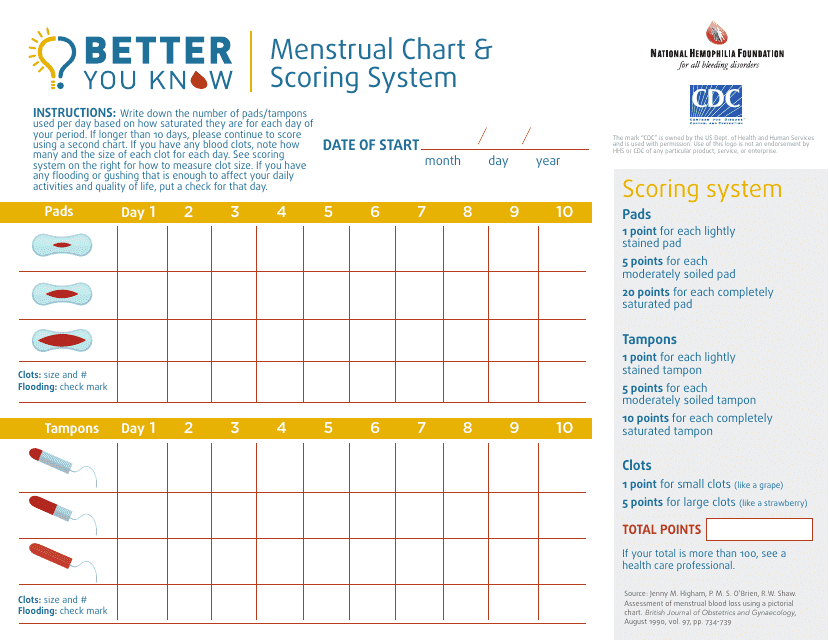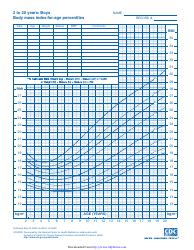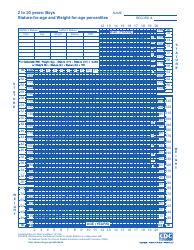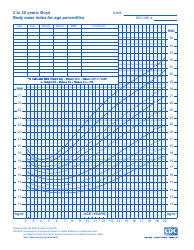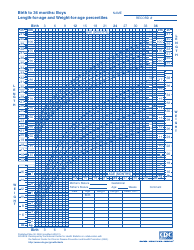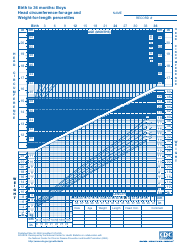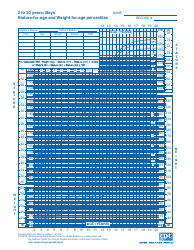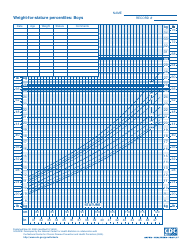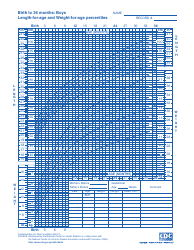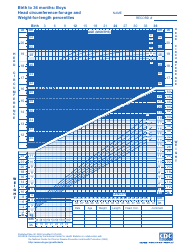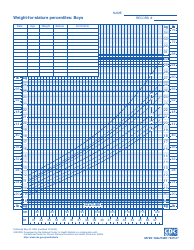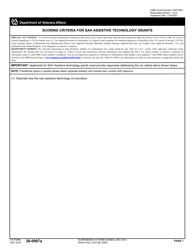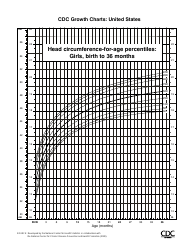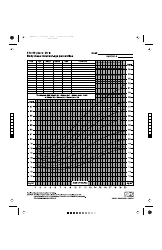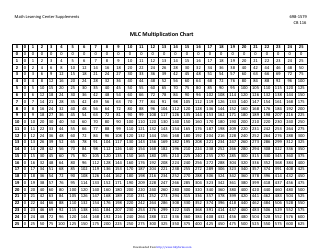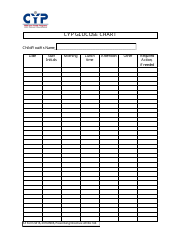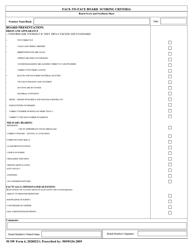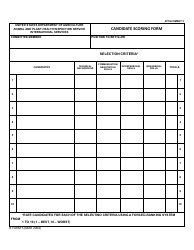Menstrual Chart & Scoring System
A Menstrual Chart & Scoring System is designed to track menstrual cycle patterns and symptoms. This chart is often used to identify any irregularities or changes in one's menstrual cycle, which might indicate potential health issues like hormonal imbalances or fertility problems. By noting down details such as cycle length, duration of period, severity of symptoms like cramping or mood swings, and any abnormal bleeding, women and healthcare professionals can gain crucial insights into a woman's reproductive health. The scoring system works as a tool to quantify the severity or frequency of these symptoms, providing a standardized measure for assessment and comparison over time.
The Menstrual Chart & Scoring System is typically filed by a woman or her healthcare provider. This chart is used to document symptoms and patterns related to menstruation, including cycle length and severity of symptoms. It can be used as a diagnostic tool for conditions like Premenstrual Syndrome (PMS) and Endometriosis. This documentation can provide valuable information to clinicians and help guide treatment decisions. In some instances, a woman might maintain this chart herself for personal tracking purposes or at the recommendation of her doctor.
FAQ
Q: What is a menstrual chart?
A: A menstrual chart is a record-keeping form used to track the duration, frequency, and symptoms associated with a woman's menstrual cycle. It can be helpful in understanding one's patterns, identifying potential hormonal imbalances, or diagnosing certain types of conditions such as Polycystic Ovary Syndrome (PCOS).
Q: How does menstrual scoring system work?
A: The menstrual scoring system is an attempt to quantify menstrual flow. It is usually based on the number of sanitary products used, with scoring being higher for heavier bleeding. However, it may also include other factors such as the presence of clots. Health care providers can use this information to gauge the severity of menstrual bleeding and make relevant diagnoses.
Q: Why should I track my menstrual cycle?
A: Tracking your menstrual cycle can provide valuable insights into your general health and fertility. It can help you recognize patterns or changes in your cycle, which can be crucial for planning pregnancies or identifying potential issues such as infertility or hormonal imbalances.
Q: How can I track my menstrual cycle?
A: You can track your menstrual cycle using a physical calendar, an app on your smartphone, or a digital health tool. On a daily basis, you note down the start and end date of your period, the heaviness of your flow, and any symptoms you experience such as cramps, mood swings, or migraines.
Q: What is normal menstrual cycle duration?
A: A normal menstrual cycle can range from 21 to 35 days, with 28 days being the average. However, this can vary greatly between individuals and even from month to month for the same individual.
Q: What is the treatment for irregular menstrual cycles?
A: Treatment for irregular menstrual cycles depends on the underlying cause and may include hormonal contraceptives, lifestyle changes such as stress management and weight loss, or, in some cases, surgery. It's important to consult with a healthcare provider for a proper diagnosis and treatment plan.
Q: Can a menstrual chart help with family planning?
A: Yes, a menstrual chart can be an effective tool for family planning. By tracking her menstrual cycle, a woman can predict her most fertile days and either aim for or try to avoid pregnancy.
